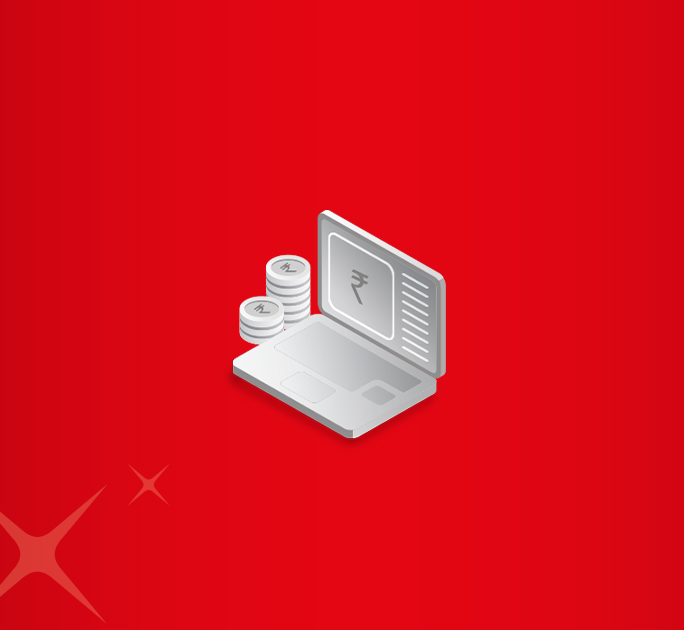- Save
- Invest
- Borrow
- Pay
- More
- Customer Services

What are Repo Rate and Reverse Repo Rate? | DBS Bank India
Learn about repo rate and reverse repo rate, and the differences between the two
Key Takeaways
- The RBI charges the repo rate when commercial banks borrow funds by leveraging securities.
- The reverse repo rate is the rate at which banks earn interest when they park surplus funds with the RBI.
- The repo rate helps control inflation, and the reverse repo rate increases liquidity.
- The repo rate set by the RBI is always higher than the reverse repo rate.
- You can check the repo rate and reverse repo rate on the RBI website.
When you deposit money in a bank, the bank pays you interest. Conversely, when you borrow money, the bank levies interest on the funds borrowed. But where does the bank find the funds to loan you the money? Banks utilise the deposits in their custody or borrow funds from the central bank of the country – The Reserve Bank of India. The interest rates levied on the transactions between the RBI and commercial banks are known as repo rate and reverse repo rate. This article explains these terms and the difference between repo rate and reverse repo rate.
What is a Repo Rate?
The repo rate is the rate the RBI levies when commercial banks borrow funds from it. Usually, commercial banks borrow money from the RBI by using government securities like treasury bills and bonds as collateral. Thus, the repo rate is the lending rate charged by the RBI.
Essentially, the word ‘repo’ stands for repurchasing agreement/option. It is an agreement wherein both the RBI and the bank agree to repurchase securities at a predetermined price and date. The RBI relies on the repo rate to control inflation in the economy of the country.
What is a Reverse Repo Rate?
The reverse repo rate is contrary to RBI’s repo rate. It is applied to the interest paid by the RBI. When banks have surplus money, they deposit funds with the RBI and earn interest. This rate is the reverse repo rate.
In turn, the RBI uses those excess funds to create liquidity in the economy. Lowering the reverse repo rate also helps the RBI increase the purchasing power in the nation.
Difference between Repo Rate and Reverse Repo Rate
Here is an analysis of the differences between repo and reverse repo rates:
|
Parameter |
Repo Rate |
Reverse Repo Rate |
|
Meaning |
Applied on the interest payable when commercial banks borrow from the RBI in exchange for securities at a predetermined rate and time. |
The rate at which commercial banks earn interest when they park surplus funds with the RBI. |
|
Impact |
A high repo rate leads to a high cost of funds for commercial borrowers, making loans expensive and vice versa. |
A high reverse repo rate results in lower liquidity in the economy and vice versa. |
|
Agreement |
Charged on repurchasing agreement. |
Charged on reverse repurchasing agreement. |
|
Uses |
Helps the RBI control inflation. |
Helps the RBI control the supply of money. |
Final Note
Like we need a bank for our financial needs, banks too need an entity to cater to their needs. In India, that entity is the Reserve Bank of India which distributes and borrows funds while applying the repo and reverse repo rates. An important point to note is that the repo rate will always be higher than the reverse repo rate. Also, the difference between the two rates indicates the RBI’s monetary income.
Download DBS Bank app to virtually apply for a loan and enjoy reasonable interest rates and easy EMI options.
*Disclaimer: This article is for information purposes only. We recommend you get in touch with your income tax advisor or CA for expert advice.











